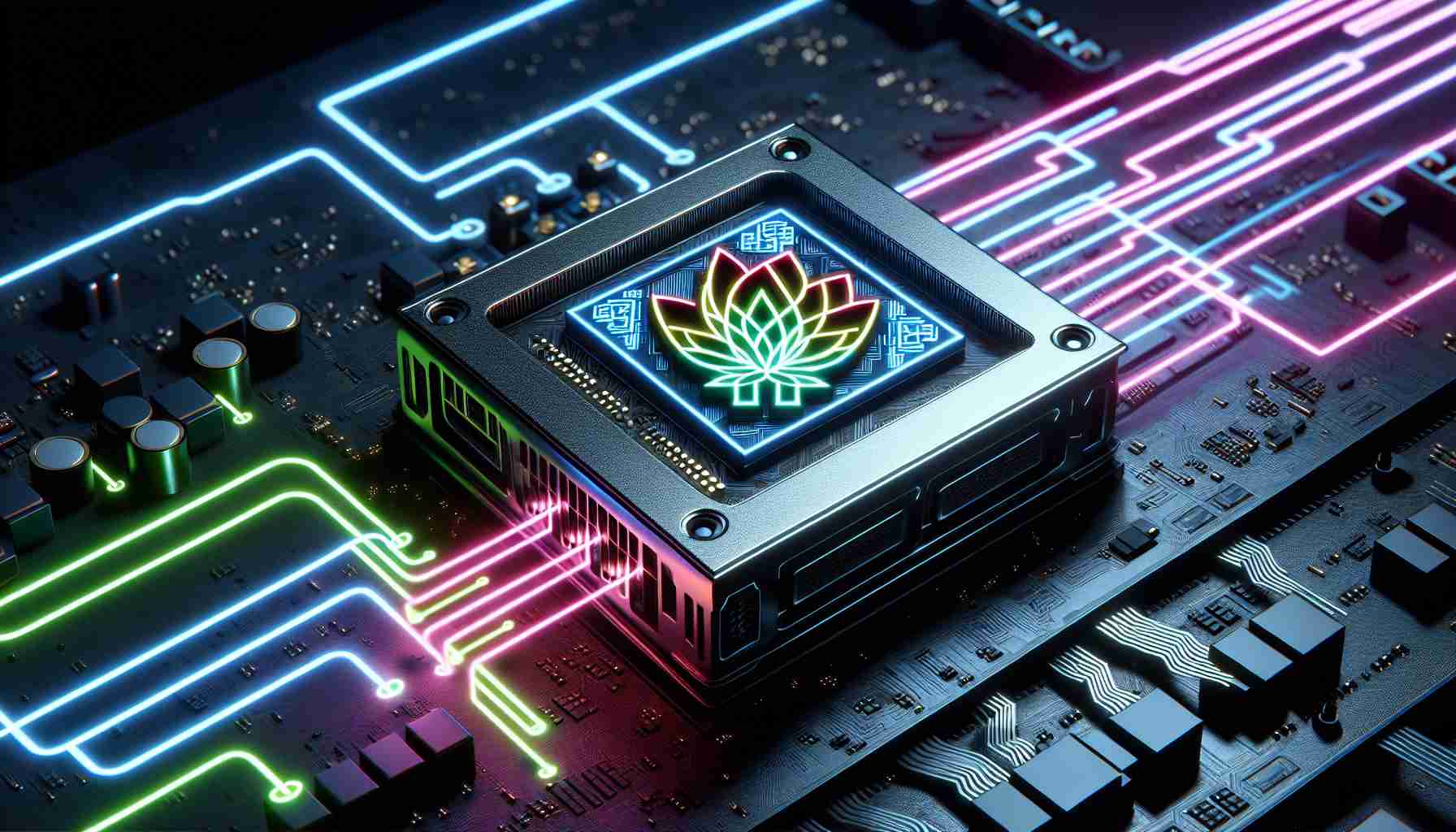- Chinese researchers have achieved a technological breakthrough by surpassing American supercomputers with domestic graphics processors.
- Innovative software optimizations allowed homegrown GPUs to outperform Nvidia chips in scientific calculations.
- Beijing’s strategy aims to bypass tech barriers and sanctions, showcasing China’s growing technological prowess.
- This development hints at a potential shift in the global computing landscape, reducing reliance on traditional tech leaders.
- Chinese researchers leverage a “multi-node, multi-GPU” parallel computing framework to counter Western limitations.
- The global community is closely monitoring these advancements as they could redefine the computing hierarchy.
A seismic shift in the technology landscape has emerged from the labs of Nanjing. Chinese researchers have orchestrated a noteworthy technological feat, propelling their domestically-produced graphics processors to soar past the performance of renowned American supercomputers.
These researchers, driven by a relentless pursuit of technological independence, have masterfully used innovative software optimizations to transform the computing horsepower of homegrown GPUs. By doing so, they have leapfrogged past the formidable barriers posed by U.S.-made Nvidia chips, the gold standard in scientific calculations.
With software ingenuity as their ally, the researchers have challenged long-standing tech paradigms. Their accomplishment signals Beijing’s strategic maneuvering to circumvent tech “chokepoints” amid tightening sanctions from the West. The implications are profound. Not only does this highlight the increasing prowess of China’s tech industry, it also marks a potential shift in global computing dynamics.
Historically, scientific simulations indispensable for modeling cataclysmic floods or urban planning demanded enormous resources. Nvidia’s chips, coupled with their proprietary CUDA software, have long been the gatekeepers of such high-stakes computations. Chinese researchers, however, are blazing a new trail. Through a “multi-node, multi-GPU” parallel computing approach, they have effectively harnessed the power of Chinese CPUs and GPUs, defying expectations and proving resilient against external limitations.
The innovations coming out of China suggest a future where reliance on current tech leaders might diminish. As these researchers continue to innovate, the global community watches closely. This breakthrough not only represents a significant advance for Chinese technology but also a potential reshaping of the global computing hierarchy.
Can Chinese GPUs Dominate the Global Tech Scene? Unraveling the Innovations and Implications
Pros and Cons of Chinese GPU Advancements
# Pros:
1. Technological Independence: China’s advances in GPU technology reduce dependency on Western technology and mitigate risks from international sanctions.
2. Cost-Effective Solutions: Domestically-produced hardware often carries lower costs, making high-performance computing more accessible to local industries and researchers.
3. Strategic Advantage: Enhancing local capabilities strengthens China’s position in global technology and economic leadership.
# Cons:
1. Compatibility Issues: New systems may face challenges integrating with existing global computing infrastructure dominated by American technology.
2. Innovation Gaps: Despite advances, the ability to match or surpass the research and development capacities of entrenched global leaders remains uncertain.
3. Market Skepticism: Transitioning to new tech could face resistance without proven long-term reliability in diverse and demanding applications.
Trend Analysis and Market Forecasts
The recent breakthroughs suggest a growing trend of increased localization in the tech industry, not only in China but globally, as nations seek technological self-reliance. Over the next five years, we can expect a broader diversification of GPU providers, potentially reducing Nvidia and AMD’s current market dominance. Chinese tech companies might experience a surge in market share, especially across Asia and in countries seeking to diversify their tech imports due to geopolitical reasons.
Potential Impact on Global Computing
– Shift in Tech Leadership: If these innovations prove scalable and reliable at larger scales, China could disrupt current market leaders, reshaping the global computing hierarchy.
– Enhanced AI Capabilities: Improved GPU performance will boost AI development in various sectors, from healthcare to urban development, where large-scale simulations are crucial.
– Impacts on Western Companies: As China continues to develop alternative technologies, Western companies may need to innovate rapidly to maintain their competitive edge.
Security Aspects and Innovations
With new technological advancements come concerns about cybersecurity. Ensuring secure processes and safeguarding against potential vulnerabilities will be crucial as these GPUs become more prevalent.
# Innovative Features:
– Multi-Node, Multi-GPU Parallel Computing: This approach enhances computational power, optimizing resource use across multiple systems.
– Software Optimizations: Leveraging proprietary software adjustments allows for enhanced efficiency and performance beyond traditional hardware specs.
Challenges and Limitations
Despite notable accomplishments, several challenges remain:
– International Standards: Aligning with global tech standards will be critical for broader acceptance and integration.
– Scalability: Adapting these technologies for global-scale applications remains to be tested.
Final Insights and Sustainability
The drive towards domestic technological capability highlights the importance of sustainable practices. Reducing environmental impact through energy-efficient computing solutions could set a new benchmark in GPU production.
Related Questions
1. What are the potential global economic impacts of China’s GPU advancements?
The rise of Chinese GPUs could lead to more competitive pricing globally, affecting balance sheets of major tech firms and leading to more innovation in the market.
2. How might Western tech companies react to China’s tech developments?
Western companies may increase investments in R&D, focus on unique differentiators, and solidify partnerships with sectors less affected by geopolitical shifts.
3. Will Chinese-based GPUs affect AI development timelines?
Enhanced GPU capabilities could significantly accelerate AI development, pushing broader applications much faster than initially predicted.
Useful Resources
For more information on technological advancements, you can visit:


















